Nine Key Points of Daily Management of Broiler Breeding
Due to the rapid growth rate of commercial broilers, broiler chickens’ adaptability to the environment and resistance to disease are reduced. At the same time, they are susceptible to many factors such as feed quality, resulting in reduced feed returns and high deadpanning rates for broilers, which ultimately leads to economic loss. Therefore, to raise broilers in Winter and Spring, it is very important to master the following broiler feeding and management links. Daily hygiene management mainly includes disinfection, feed, drinking water, bedding, sports ground cleaning, ventilation, temperature control, and chicken manure cleaning.
1. Disinfection
1.1 Chicken house cleaning and disinfection procedures
Clean the chicken manure on the ground of the chicken house→Clean the chicken house→Disinfect with disinfectant king spray→Disinfect the ground and walls with caustic soda + quicky apply lime water after drying→Open the window to ventilate→Disinfect the inside and outside of the disinfection king spray house after drying→vacate pending seedlings → spray once with disinfectant a week before seedlings.
1.2 Sports ground disinfection
Sports field cleaning → spray with caustic soda
1.3 Disinfection of utensils (including films, food trays, buckets, buckets, automatic drinking fountains, etc.)
The equipment in the chicken house is soaked with a disinfectant solution for 1 day, washed with water and dried, then put into the disinfected chicken house.
1.4 Disinfection and anti-epidemic work after selling chickens
After the chickens are sold, the person who touches the chickens must wash their hair and take a bath. After changing the clothes and shoes, put them in disinfectant and soak them before washing.
1.5 Disinfection tank
There is a sterilization pond at the door of the chicken coop. Iron appliances cannot be used. According to the regulations, the disinfectant should be replaced once a day to maintain the effective concentration.
1.6 Disinfection with chickens
Sterilization of chickens is one of the important measures for the prevention of disease in medium and large chickens. One day before the vaccine and one day (a total of 3 days) can not be disinfected. Take the chickens to be disinfected no less than once a day, and the surrounding environment of the chicken house should be disinfected no less than two times a week. Winter and Spring disinfection times can be carried out when the temperature is highest at noon (the actual situation is flexible).
2. Feed hygiene management
2.1 Feed must be kept fresh
The storage time should not be too long, preferably 10-20 days.
2.2 Feed preservation
Stacked overhead in a ventilated, dry, cool place, not against the wall.
2.3 Open plate hygiene
The food tray should be used within 1-3 days after entering the chicken, and the chicken manure and other debris should be cleaned before each feeding.
2.4 Small bucket hygiene
Use the small bucket for 4-21 days, gradually add the bucket on the 3rd day, and gradually remove the food tray. Lift the small bucket on the 6th day. The height of the small bucket edge and the size of the chicken back should be high and level. Clean the sanitation of the bucket before each feeding.
2.5 Large bucket hygiene
From 18 days to the harvest period, use large buckets. Gradually add large buckets on the 18th day, and gradually reduce the number of small buckets. Lift the large bucket on the 25th day. The bucket edge height and medium-sized chickens should have a back height that is equal, and the hygiene of the bucket is cleaned before each feeding. 26 Refilling method – refer to this procedure for each refilling. Day 1 chicken feed 23. Middle chicken 1/3: Day 2 chicken feed 12. Medium chicken feed 1/2: Day 3 chicken feed 13. Middle chicken feed 23. Mixed feeding: all the chicken feed on day 4.
2.6 Refueling method
Refer to this procedure for each refill. Day 1 chicken feed 2/3, medium chicken feed 1/3; Day 2 chicken feed 1/2, medium chicken feed 1/2; Day 3 chicken feed 1 /3, medium chicken feed 2/3, mixed feeding; on the 4th day all medium chicken feed is used.
2.7 Chick feed management
After the chicks are purchased, they must be adapted for 3 to 5 days. They are to be fed 4 times a day and 2 times in the evening. The temperature is controlled and set at 28to 30 degrees. The feeding conditions of the chicks should be carefully observed every day when feeding. Anorexia is the result of chicks that do not like to eat, and other phenomena should be paid attention to. Adjust the feed formula in time, add a small number of digestive drugs to the feed to help the chicks increase their appetite, put a small amount of sugar in the drinking water every day, increase the chick’s physique and let the chicks as soon as possible so that they can adapt to the new environment.
3. Drinking water hygiene management
- The best water for chicken breeding is tap water or deep well water
- Use a small water bucket within 15 days after entering the seedling. On the 12th day, you can replace the automatic drinking fountain and gradually reduce the small water bucket.
- Use a small kettle to clean the inside of the bucket every time you add water. The use time of each bucket of water is about 8hrs: the automatic drinking fountain is washed every morning, the water level is 2/3 of the bucket depth, and the height of the bucket edge and the medium-sized chicken back are high and level.
- The water tower is placed in the chicken coop and must be covered and cleaned once a day. After feeding the medicine, it must be cleaned immediately.
- The water pipe is rinsed once every 15 days, and it is thoroughly disinfected and cleaned when empty.
- Every 1000-day-old chicks should have 20-25 water dispensers of about 4 liters containing fresh and clean drinking water. Some customers often have different levels of drinking fountains, resulting in different levels of water shortages for chicks, and “dry foot chickens” occur. Such chicks grow slowly later, which also affects the evenness of the flock. The drinking fountain should be placed near the heat source and alternately placed with the feeder.
- Water cannot be stopped, and drinking water is required to be clean and hygienic, free of pathogenic microorganisms. The drinking fountain should be cleaned and disinfected before filling.
- Excessive waterline when using automatic drinking fountains, 5-7 days old, should gradually move the drinking fountains to become automatic. At 8-10 days of age, the drinking fountain should be gradually removed several times a day so that the chicks can discover new water sources. If necessary, leave the waterer for 14 days, so that the chicks have enough time to fully adapt to the automatic waterer.
- If using a water tank, each chicken must have at least a 2cm straight drinking water position (including the positions on both sides of the drinking water tank when calculating).
- The height of the waterer should be adjusted appropriately as the chicken grows. The edge of the waterer is the same as the height of the back of the chicken. This can reduce the overflow of water, keep the litter dry, and help the birds drink water easier.
- he drinking fountain should be placed so that the chicken can drink water within a range of 2.0m.
4. Plastic matting
- Using plastic matting can make getting sick on the ground easy due to moisture, and this problem is effectively solved with a manure leakage plate. The height of the manure leakage plate is 40-50 cm. If using an automatic dung scraper, the height should be 60 cm.
- According to the living habits of chickens, chicken manure does not need to be cleaned every day but can be cleaned once in a while.
- For each batch of chickens, the farmer can disassemble, disinfect, and clean the house, and then install it again.
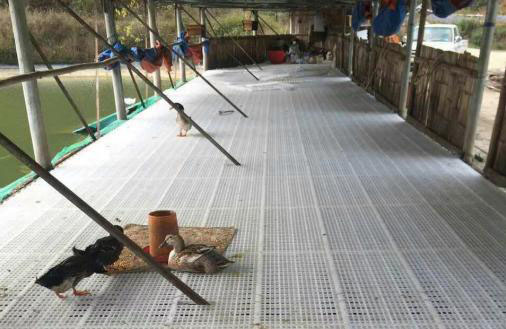
5. Sports ground hygiene management
- The sports ground should be level, free from water accumulation, and disinfected no less than twice a week.
- The water on the edge of the sports ground is well maintained. It is frequently cleaned, and there is no inspection after rain.
- Protective measures should be taken on the yard to prevent other animals from attacking each other.
- General environmental sanitation around the chicken house. No other poultry and chicken manure farms are allowed to be raised around the chicken house.
6. Control ventilation
- While ventilating be careful not to cause the temperature in the house to rise and fall suddenly. Prevent the disease caused by the stress reaction caused by the excessive temperature difference. The vent should be more than 1.5 meters above the back of the chicken.
- When the temperature drops suddenly and the cold and heat insulation work cannot keep up, it is easy to make broilers feel cold outside, and respiratory diseases characterized by coughing, sneezing, tracheal rales, dyspnea and other symptoms occur. Therefore, the breeder should keep an eye on climate change and do a good job in cold and heat preservation.
- The chicken coop should be repaired to prevent the wind from reaching the chickens.
- Broiler flocks raised on flat ground should be thickened with litter to increase the indoor temperature. Change the litter frequently and open the window at noon for ventilation. In general, start ventilation at 6 days of age, and increase the amount of ventilation with increasing age to ensure the chickens have enough oxygen.
7. Temperature control
When the chicks are over-adaptively reared, the temperature must be controlled well. The temperature should be reduced by 2 to 3 degrees every 7 to 10 days. As the temperature of the food is reduced, the feeding should be reduced once a week. Do a good job of grazing, and the daily grazing time should be controlled between 6 and 8 hours. With the growth of the chicks, the time of grazing is gradually increased, which can improve the disease resistance of the chicks and allow the chicks to adapt as soon as possible to the environment around the farm.
8. Chicken manure cleaning
- Daily cleaning of chicken manure is best when using an automatic manure cleaning machine, cleaned once every 3-5 days.The automatic manure cleaner needs to be installed under the net bed, only 60cm away from the net bed.
- After each broiler sale, it is best to rinse and disinfect with high-pressure water pipes. If it is a breeding farm, it should be carried out on the ground according to the design of high in the middle and low in the middle, so that the chicken manure can enter the septic tank along with the low places on both sides for harmless treatment to eliminate losses caused by environmental pollution.
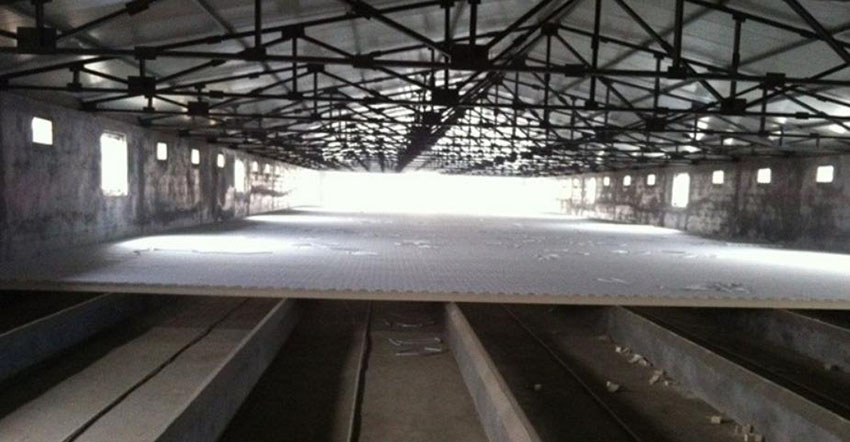
Hightop will help you start broiler farming, provide you with all the knowledge and equipment you’ll need. Contact us now!



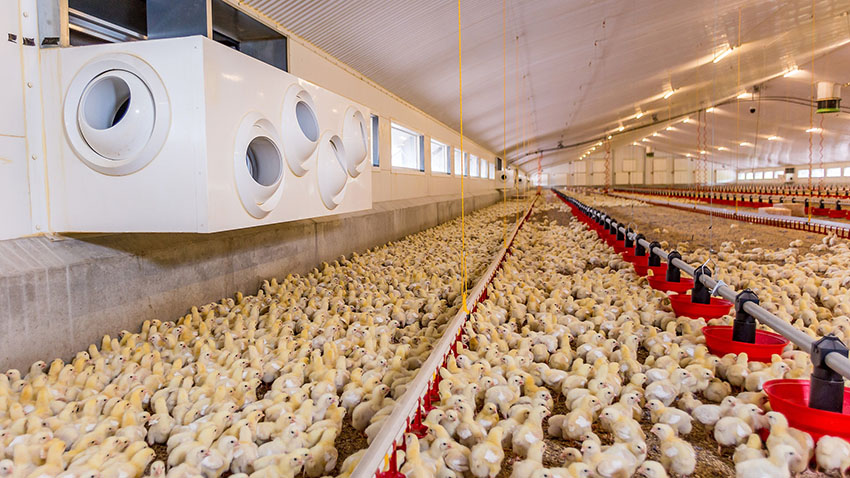
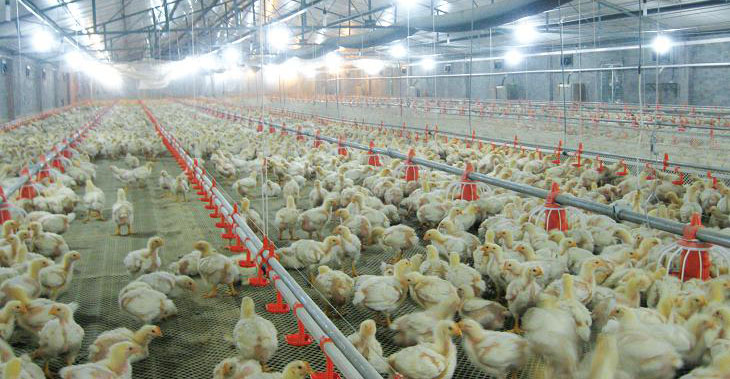
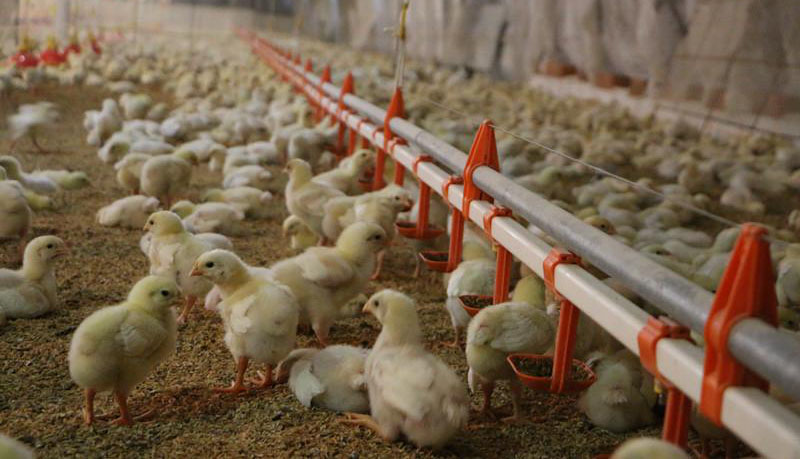
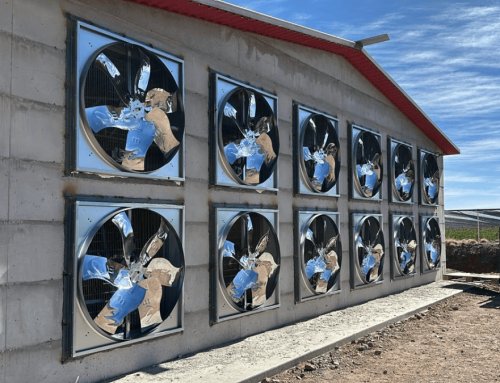
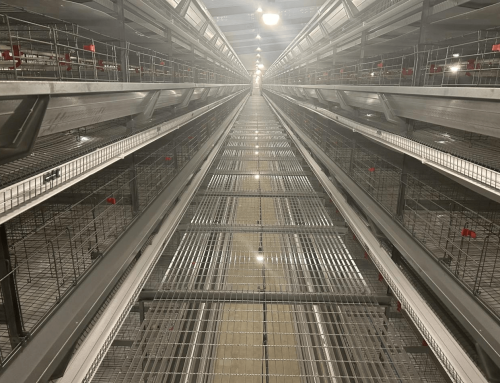
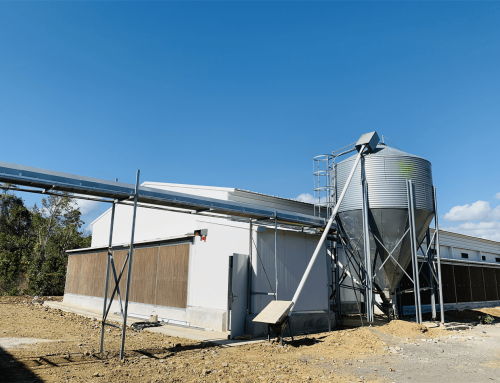
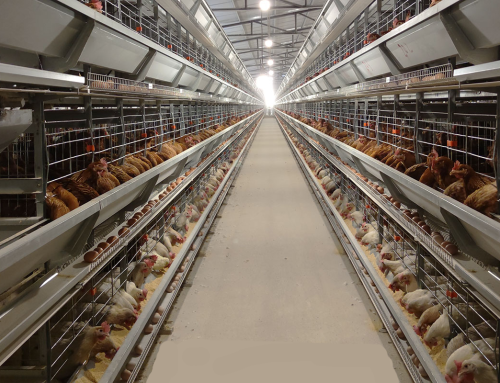
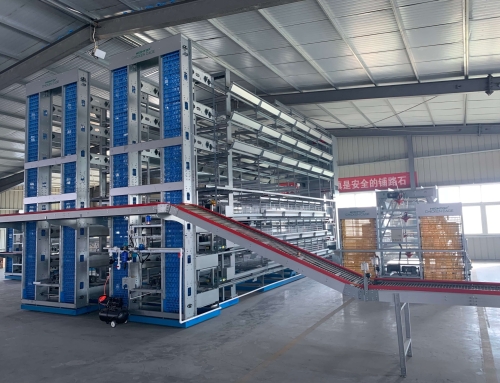
Leave A Comment